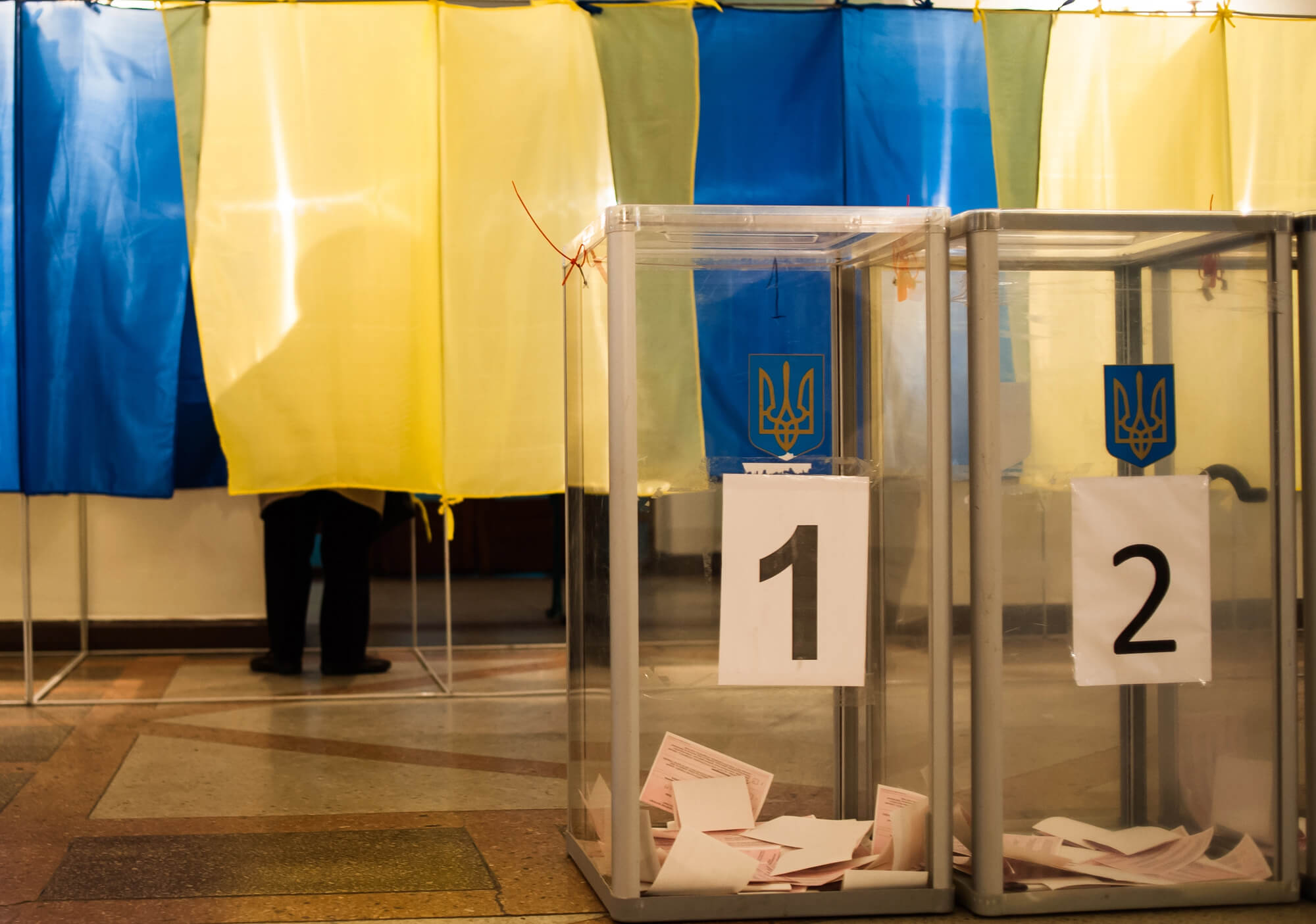Elvira Nabiullina, the head of Russia’s central bank, delivered a sobering message on March 18, 2022. The benchmark interest rate set by the central bank was left at 20% (for comparison, the policy rate in the U.S. is 0.25%). Furthermore, the central bank will continue to use strict capital controls. She also provided a grim outlook for the economy (e.g., disruptions of production chains) and the banking sector (e.g., a large outflow of bank deposits). Ms. Nabiullina suggested that the central bank is using all tools to stabilize the economy and the financial sector.
However, she did not say a word about why the Russian economy is experiencing extreme stress. Yes, she indicated that the stress is there because people are panicking and factories do not have parts. But why are people panicking? Why is there a massive bank run? Why are there no parts? Maybe Ms. Nabiullina is fighting proximate causes? Maybe there is a deeper problem that creates panics and shortages? Maybe the best macroeconomic policy is something that is different from raising interest rates to levels we have not seen for more than 20 years? Why is the central bank willing to set the interest rates so high knowing that this level of interest rates will kill the economy? Why is this decision so necessary?
Ms. Nabiullina did not shed much light on this. To observers who only heard Ms. Nabiullina’s speech, it may seem that there is some dark matter that causes all these problems. Something that we can’t describe well because we do not understand it well. A black hole.
The answer to this mystery is however much more prosaic and tragic. Just like politicians and policymakers in the West are unwilling to say the “R” word (i.e., recession), Ms. Nabiullina does not want to utter the “W” word (i.e., war). But if you say it, then it all makes sense: all these problems are there because the civilized world does not want to support the Russian war machine slaughtering thousands of innocent Ukrainians.
Russia has problems with supply chains because the Russian war in Ukraine makes business with Russia highly toxic. For example, Bosch, a large German manufacturer, discovered that Bosch parts are used in Russian military trucks thus making Bosch (indirectly) culpable for death and destruction in Ukraine. Bosch and many others pulled out because they want no part in this war.
Russia is on the verge of a debt crisis. Indeed, how can the Russian government or Russian businesses service their debt if they have no meaningful access to global capital markets? Rolling over debt (i.e., getting a new loan to pay a part of a previous loan) is usually a mundane operation, but not this time. There is nobody on the other end in New York, London, Tokyo or Frankfurt to agree to give fresh capital. Promises to make payments in rubles to service dollar loans are nothing else but a signal that defaults are looming.
Russia has a severe bank run because many Russian banks are effectively cut off from the international capital markets. The imminent inability of Russian banks and non-financial firms to service their debts means that depositors will not get their money back. Because the first person to withdraw his money from a bank has the highest chances to protect his savings, everybody has an incentive to withdraw as quickly as possible. By the nature of their business, banks cannot satisfy withdrawal demands when many depositors try to do so. This amplifies the panic.
Russia has a currency crisis because Russian reserves and assets held abroad are frozen. Anticipating future inflation, the Russians try to convert rubles into dollars (ironically, the currency of a NATO country) but they cannot do so because there are no dollars. Sanctioned Russian banks cannot do transactions in dollars. Furthermore, Russia does not have access to dollar bills (i.e., physical currency) which makes it hard to replenish ATMs.
Finally, Russia will not be an attractive destination for foreign direct investment for years to come. After nationalizing aircraft leased to Russia, few investors would risk putting serious money in Russia. After being exposed to the risk of war, few investors will have the guts to enter the Russian economy. Restrictions on technology transfer to Russia mean that few advanced production models will be implemented in Russia. If the Russian economy is shrinking, why would anyone want to support it?
Any of these crises is costly and, if history is any guide, cumulative GDP losses will be in tens of percent. But when you combine them, they reinforce each other and hence exacerbate the downfall. So, Ms. Nabiullina is correct in projecting a bleak outlook for the Russian economy.
If one takes the war as given, then yes, it all makes sense: raising interest rates, restricting capital flows, injecting vast amounts of liquidity into the banking sectors, depreciating the currency, allowing elevated inflation. Ms. Nabiullina implements textbook policy responses aimed to tame panics and absorb the shocks. But these are the second best responses. The economy, the jobs, the livelihoods for tens of millions of people are sacrificed to allow Putin keep the war in Ukraine going.
Is there a better option? Yes! The best macroeconomic policy for Russia is to stop this insane war.
Attention
The author doesn`t work for, consult to, own shares in or receive funding from any company or organization that would benefit from this article, and have no relevant affiliations



